Live Bytes is the current usage and is what you are interested in, overall bytes includes all released allocation. The other thing is to look at the graph and look for peaks. As an example I saw a huge peak of about 27MB in an app I was working on, knowing that I was able to reduce peak memory usage to 8MB.
Also watch over time as you exercise your app, it is possible to have substantial memory growth over time that is not leaked, just not not used anymore.
For a description of the memory columns see Explanation of Live Bytes & Overall Bytes.
